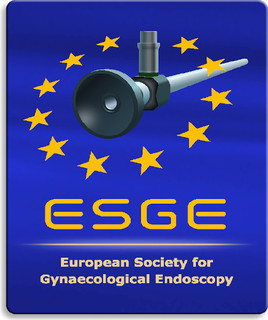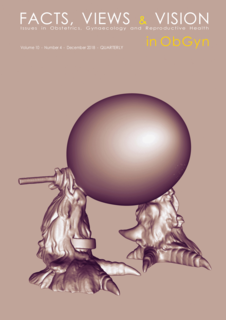Radiation induced angiosarcoma of the breast: case series and review of the literature
radiotherapy induced angiosarcoma, breast, case series
Published online: Jul 24 2019
Abstract
Radiation therapy (RT) is an essential adjuvant treatment in early stage breast cancer decreasing the risk of local recurrence. One of the rare late complications of RT is the development of a second primary tumor in the form of radiation-induced angiosarcoma (RIAS). In this report, we present a series of cases of RIAS at a single center and discuss the presentation, management and outcome of this rare iatrogenic malignancy.
We conducted a retrospective data analysis of all diagnosed RIAS at the GZA Sint Augustinus Hospital between 2008 and 2018 (n=10). Additionally, a literature search was done.
The women were between 64 to 86 years old (mean 73 years). Median follow up was 13,0 months [range 6-96 months] The latency period till RIAS ranged from 4.1 to 14.9 years (average 7.3 years). All tumors, with various clinical presentations were located in the radiation field with sizes from 1 to 10 cm. Nine patients had surgery. Disease-free interval for first recurrence of RIAS was 2-51 months (median 4 months). Overall survival for 1, 2 and five years is respectively 80, 69 and 46%. Comparable numbers were found in the literature.
In conclusion, RIAS can occur beyond the conventional 5-year oncological follow-up. Long-term follow-up is necessary with particular attention to post irradiation skin lesions to ensure early detection and prompt therapeutic intervention.
Surgery is the golden standard, however the role of chemotherapy and/or RT remains ambiguous. Further investigation is needed.



